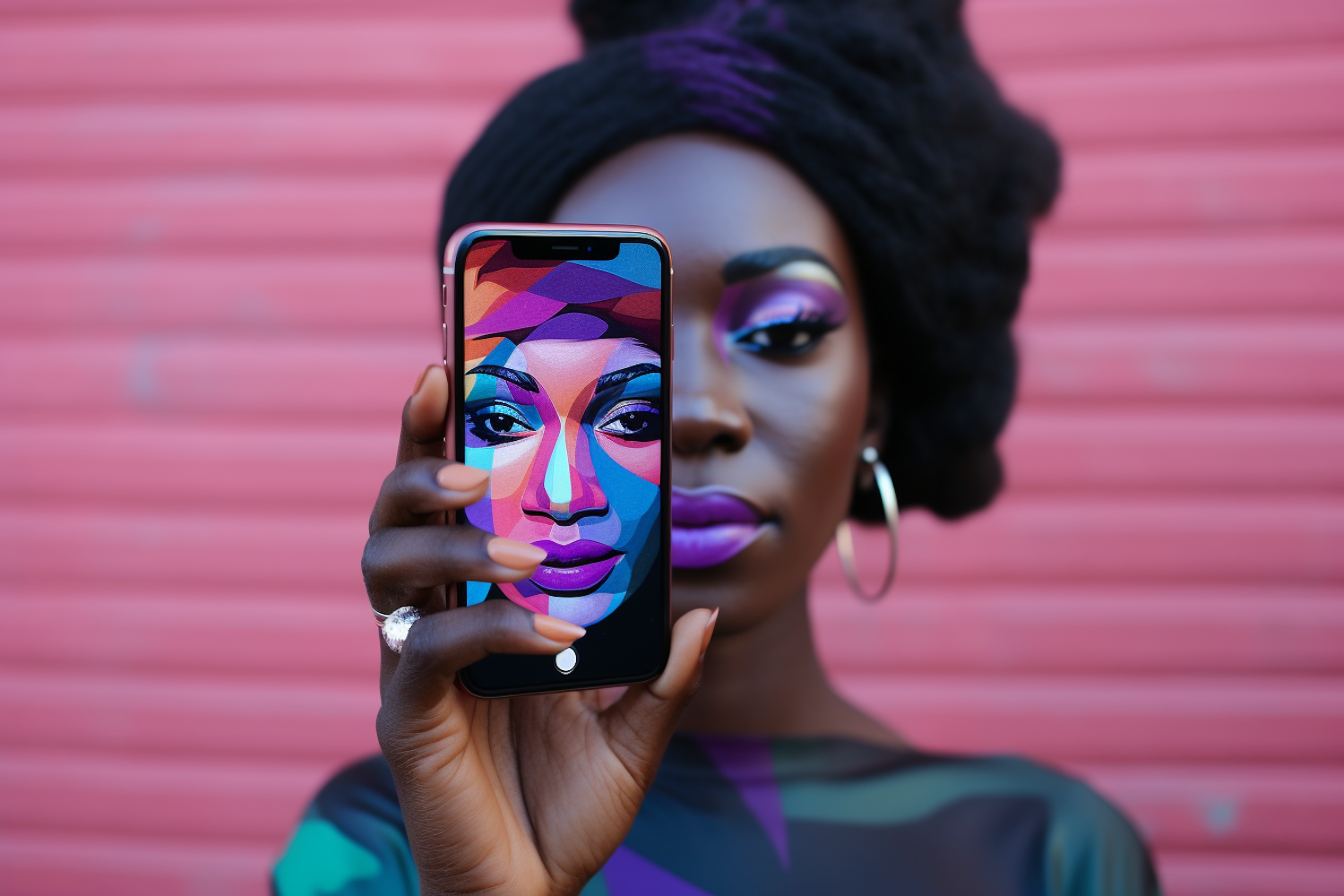Meta Hashtags Banned

Meta (formerly Facebook) has guidelines for hashtags on its platforms, including Instagram, where certain hashtags are banned or restricted. These banned hashtags are typically those associated with inappropriate, misleading, or harmful content. Using these hashtags can negatively impact your content's reach, shadowban your account, or even lead to account suspension. Here’s a summary of why hashtags are banned and what you should be aware of:
1. Why Hashtags Are Banned
Inappropriate Content: Hashtags related to explicit, violent, or otherwise inappropriate content are often banned to protect users from harmful material.
Spammy Behavior: Hashtags that are frequently associated with spam or misleading content can be banned to maintain the quality of content on the platform.
Misinformation: To combat misinformation, especially in health, politics, or social issues, hashtags spreading false information can be restricted or banned.
Overuse or Abuse: Popular hashtags that become overwhelmed with irrelevant or excessive content may be banned or restricted to prevent abuse.
2. Impact of Using Banned Hashtags
Reduced Reach: Posts with banned hashtags may not appear in search results or Explore pages, significantly reducing their visibility.
Shadowbanning: Using banned hashtags can lead to a shadowban, where your content is hidden from non-followers, limiting organic reach.
Account Suspension: Repeatedly using banned hashtags can lead to temporary or permanent account suspension for violating platform guidelines.
3. How to Avoid Banned Hashtags
Research Hashtags: Before using hashtags, research them to ensure they are not banned. You can do this by searching for the hashtag on Instagram; if the hashtag page is restricted or doesn't show any recent posts, it may be banned.
Avoid Generic or Overused Hashtags: Be cautious with overly generic or popular hashtags, as they are more likely to be spammed and potentially banned.
Stay Updated: Hashtag bans can change over time. Stay updated with the latest lists of banned hashtags by following credible social media news sources or using tools designed to check for banned hashtags.
4. Examples of Commonly Banned or Restricted Hashtags
Some banned or restricted hashtags may seem harmless but have been associated with inappropriate content in the past. Examples include:
#adulting
#beautyblogger
#bikinibody
#boho
#curvygirls
#dating
#desk
#elevator
#gloves
#humpday
#iphonegraphy
#kissing
#l4l (like for like)
#models
#parties
#saltwater
#snapchat
#singlelife
#streetphotography
#sunbathing
#tag4likes
5. What to Do if You’ve Used a Banned Hashtag
Edit Your Post: If you realize you've used a banned hashtag, edit your post to remove it. This can help prevent any negative impact on your account.
Monitor Your Engagement: If you notice a sudden drop in engagement, review your recent posts to see if you’ve used any banned or restricted hashtags.
Appeal if Necessary: If your account is penalized due to banned hashtags, you may be able to appeal to Meta, especially if it was an honest mistake.
6. Conclusion
Banned hashtags are a tool Meta uses to keep its platforms safe and relevant. By being mindful of the hashtags you use and staying updated on which ones are restricted, you can ensure that your content reaches the widest possible audience without running into issues. Using appropriate, niche-specific hashtags will help you build a stronger, more engaged community around your content.